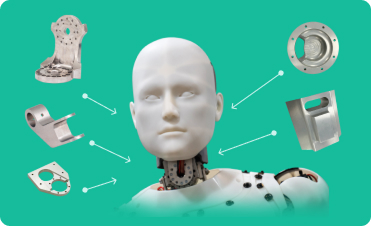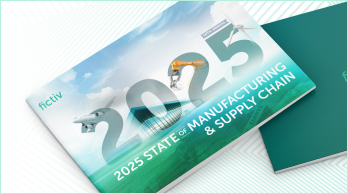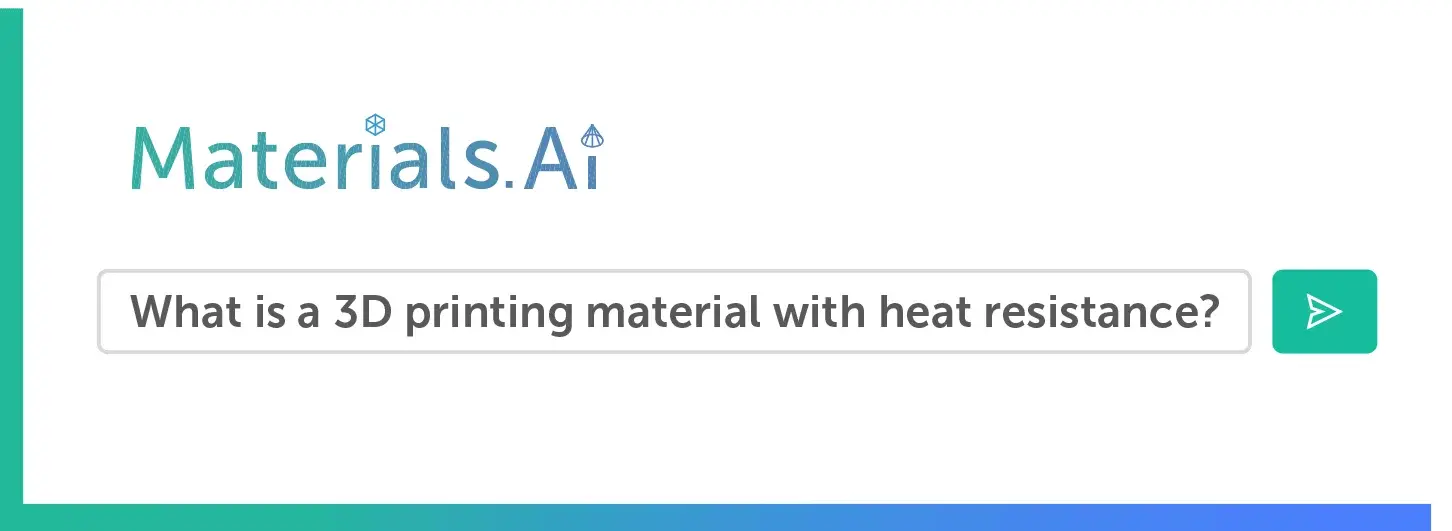Time to read: 4 min
What is a tariff?
A tariff is a tax imposed on the importer of a product. While it targets imports, the exporting country often feels the impact, as tariffs can increase the final cost of materials, making them less competitive in the global market.
What different types of tariffs are there?
There are several categories of tariffs, each based on specific policy reasons:
- Section 301 – Applied in response to unfair trade practices.
- Section 232 – Imposed for reasons related to national security.
- IEEPA (International Emergency Economic Powers Act) – Used to address issues related to public health or national security.
Are the new reciprocal tariffs cumulative?
Yes, the new reciprocal tariffs are cumulative, but there are exclusions depending on the situation.
Do the new reciprocal tariffs have exclusions?
Yes. For example, if a product is already subject to a Section 232 tariff, the new reciprocal tariff will not apply to that product.
What is the impact if I am importing an aluminum part from China (CN)?
In this case, aluminum is already subject to a Section 232 tariff, so the reciprocal tariff will not apply. However, aluminum will still be taxed under:
- General duty: 2.5%
- Section 301: 25%
- IEEPA: 20%
- Section 232: 25%
This results in a cumulative tariff rate of approximately 72.5%.
Should we be discouraged by the tariff rate and avoid sourcing from a particular country?
Not necessarily. It’s important to evaluate the Total Landed Cost—which includes labor, transportation, and duties/tariffs. While one country may have higher tariff rates, lower manufacturing costs might offset the duties, making it a cost-effective option overall. Strategic sourcing should be based on a comprehensive cost analysis, not just tariffs.
What is a de minimis shipment and how does it impact tariffs?
A de minimis shipment is a low-value import valued under $800. Generally, these shipments are duty-free—except for shipments from China, which are still subject to current duty/tariff rates.
What if I ship my aluminum and steel to Mexico (MX) and assemble my part there before shipping to the U.S.?
Tariff implications will depend on whether the product qualifies under the USMCA agreement. Depending on the classification and transformation of the materials during assembly, the product may still be subject to tariffs, though potentially at a lower rate. The specific duty rate hinges on whether the transformation meets USMCA rules of origin.
What is the difference in duty on a shipment using EXW vs. DDP terms?
- EXW (Ex Works): The importer (customer) is responsible for duties/tariffs based on the sales price, and pays their customs broker directly.
- DDP (Delivered Duty Paid): The importer (vendor) pays the duties, calculated based on the transfer price, which is often lower than the sales price. This can result in lower overall duty costs. The customer may reimburse the vendor for the duty, depending on the agreement.
What is a derivative part and how does the new tariff apply?
A derivative part is a product classified under an HTS (Harmonized Tariff Schedule) code that contains tariffed materials, such as aluminum or steel. Even if the part isn’t directly listed for tariffs, it can still incur duties based on the content of those materials within it. The tariff is applied to the portion of aluminum or steel at the current duty rate.
How Can I Mitigate Tariffs?
1. Diversifying Supplier Networks
A diversified supplier base is crucial for reducing tariff exposure. By sourcing from multiple regions, companies can shift production to lower-tariff countries and avoid sudden cost spikes. Countries like Mexico, India, and Vietnam have emerged as attractive alternatives due to their competitive manufacturing capabilities and favorable trade agreements.
2. Nearshoring and Onshoring
Bringing production closer to home reduces dependency on high-tariff regions while improving supply chain resilience. Nearshoring to countries like Mexico allows businesses to benefit from trade agreements such as the USMCA, while onshoring manufacturing operations within the U.S. can provide long-term stability despite initial setup costs.
3. Leveraging Trade Agreements and Tariff Exemptions
Understanding and utilizing existing trade agreements can significantly reduce tariff burdens. Free trade agreements (FTAs) such as the USMCA, CPTPP, and others offer reduced or eliminated tariffs for qualifying products. Additionally, companies should explore tariff exclusions and duty drawback programs to recover costs from previously paid duties.
4. Implementing Digital Supply Chain Solutions
Advanced digital tools, including AI-driven supply chain management and real-time pricing analytics, enable businesses to make informed decisions about sourcing, production shifts, and cost optimization. Platforms like Fictiv provide visibility into supplier networks, helping companies identify lower-cost manufacturing options while maintaining quality and efficiency.
5. Strategic Inventory Management
Stockpiling critical materials before anticipated tariff increases can help companies avoid sudden cost hikes. However, this strategy requires careful demand planning and financial forecasting to prevent excess inventory costs.
What Does the Future Hold for Tariff Management?
With global trade dynamics continuing to evolve, businesses must remain agile in their approach to tariff mitigation. Staying informed on trade policy changes, leveraging strategic sourcing, and investing in technology-driven solutions will be critical for maintaining competitive advantage in an unpredictable market.
At Fictiv, we help businesses navigate these challenges by providing a flexible, technology-driven manufacturing ecosystem. Whether it’s sourcing alternatives, optimizing production, or improving supply chain visibility, we empower companies to stay resilient in a tariff-weary world.
Want to learn more about how Fictiv can help mitigate tariffs in your supply chain? Contact us today!








